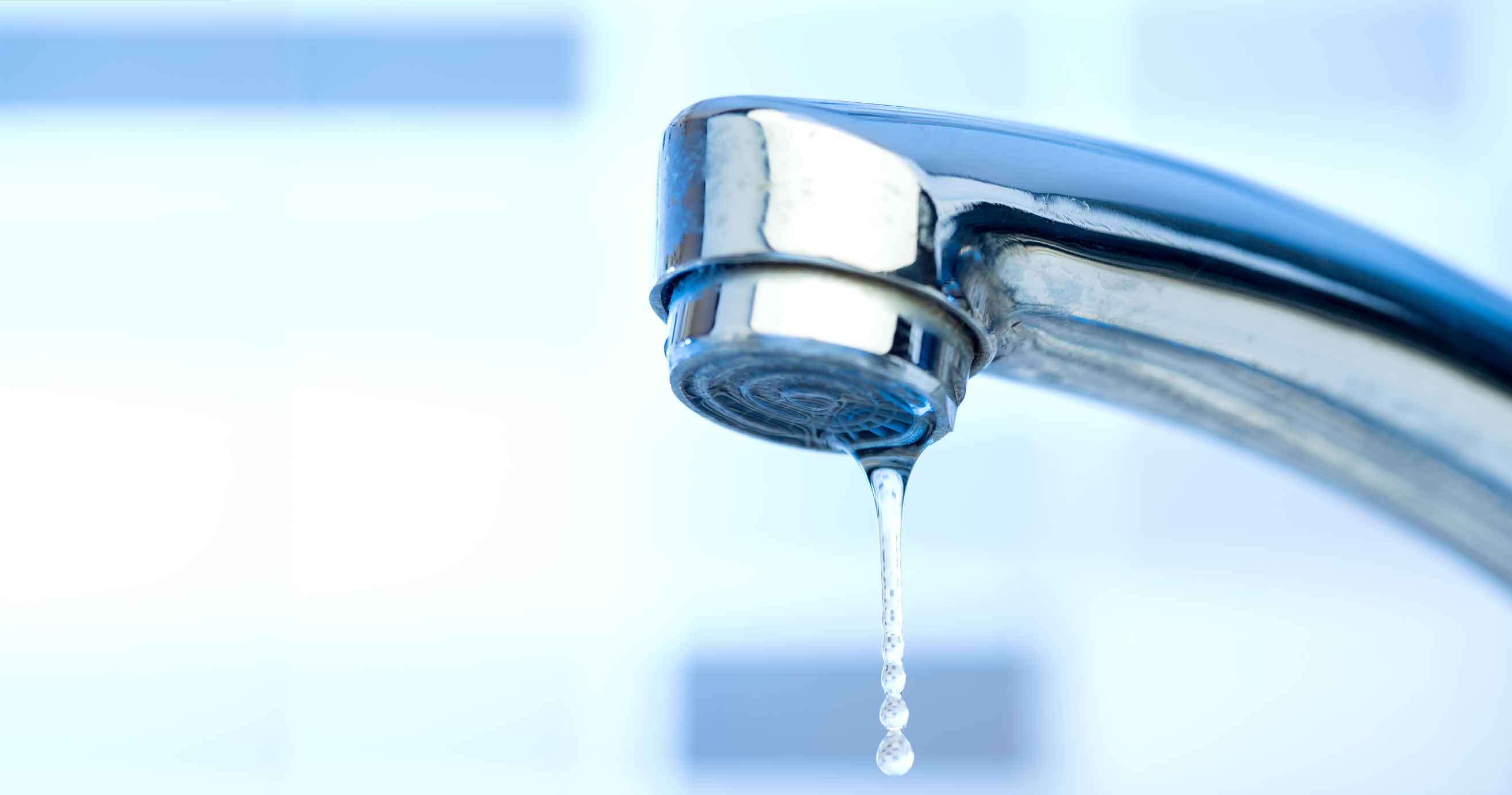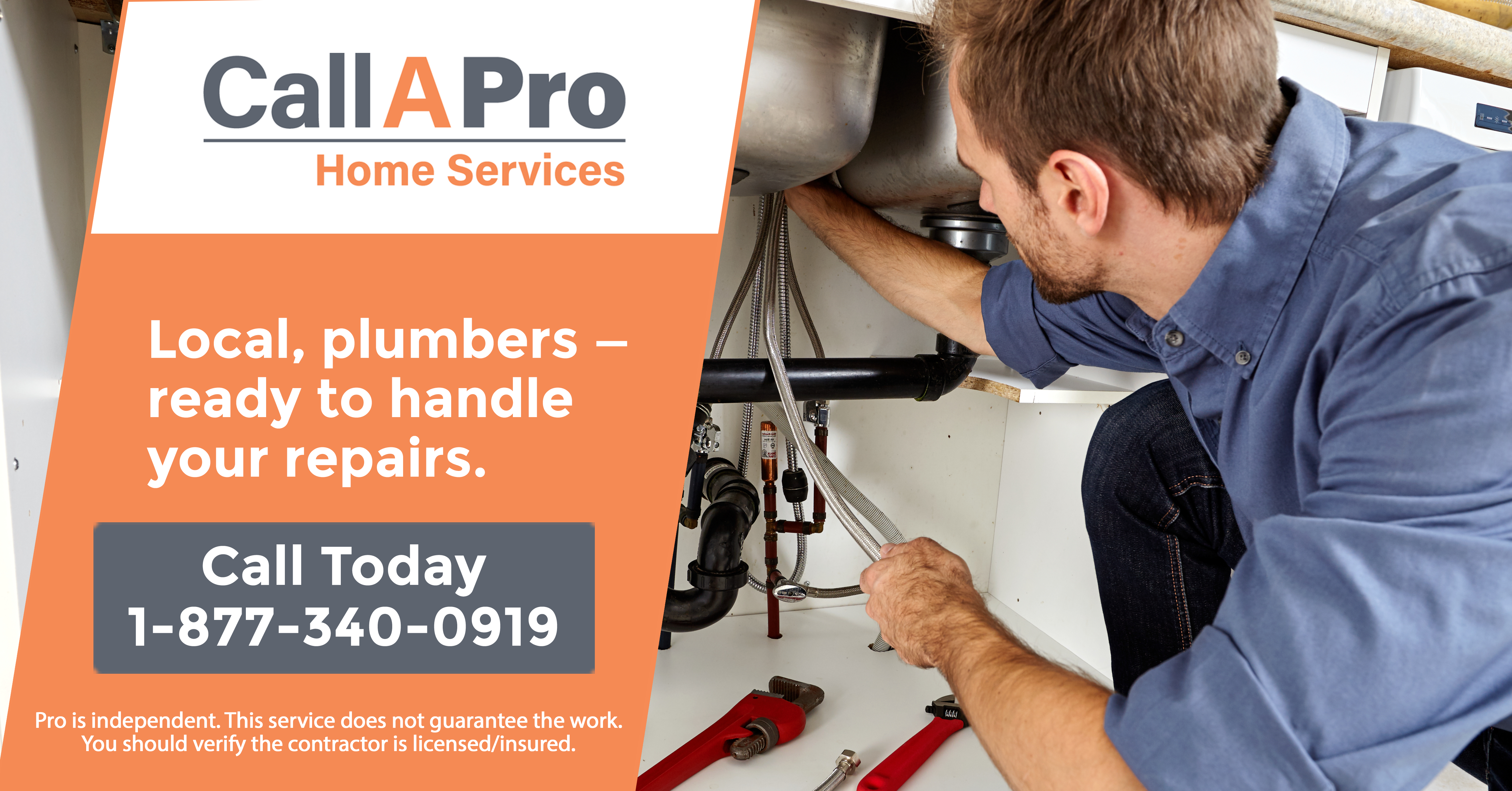Tips for fixing Leaky Faucets

There’s nothing worse than the drip...drip...drip of a leaky faucet. Not only can it keep me awake at night, but it can add big bucks onto my water bill. That’s why fixing a leaky faucet ASAP is always a good idea. With a few tools and the right advice, it’s a simple DIY project.
[1]:
[2]: /en-us/assets/images/blog/HomeServe-CTAsAvailablePlan.jpg
[3]: /en-us/assets/images/blog/HomeServe-CTAsViewPlan.jpg
Keep in mind that the repair process will differ depending on the type of spout and sink, but you can follow this basic advice for how to stop a leaky faucet.
How to determine the cause of a leaky faucet
It’s best to always be vigilant of dripping faucets, as a single leaky fixture can waste 20 gallons of water a day! Give your sink a once-over to try to identify the source of the leak. If water is pooling around the stem of the faucet, you most likely need to replace the O-ring or tighten the packing nut.
If the leak is coming from the spout, there’s most likely a problem with the faucet handle. At this point, it’s helpful to have some knowledge about which type of faucet is in your home. The Spruce explained that a cartridge faucet is most common in modern homes, and you’ll typically need to replace the cartridge.
A compression faucet, on the other hand, is more typical in older homes. The rubber seals can wear out over time, so replacing them can usually remedy a dripping faucet.
What you’ll need
Many of the tools you’ll need to stop a leaky faucet can already be found in your tool box. SFGate Home Guides recommended gathering these materials before your get to work:
- Rags - for easy clean up
- White vinegar - for cleaning along the way and loosing grim buildup in the spout
- Phillips and flat-head screwdriver - to remove the screw
- Replacement parts - to swap out the failed components
DIY faucet repair is incredibly inexpensive. All you need to pay for is parts. A pack of washers costs less than $3 at Home Depot, so changing them yourself is cost-effective if you know how.
You might also want to have an allen wrench or adjustable wrench on hand for loosening valves and nuts. Slip-joint pliers can serve the same purpose and help you gain a better grip on small faucet parts that need to be tightened during reassembly.
Fixing
Whether it's a persistently leaky shower faucet or dripping sink spout, follow these steps for how to stop a leaky faucet:
1. Shut off the water
Always turn off the water supply before doing repair work. Look for the shutoff valves under the sink. Turn them clockwise until they're tightly closed. Avoid using too much force, as overtightening can cause damage. If the valves aren't under the sink, you'll need to close the main water valves. These devices are usually located in the basement or near the washer, dryer and hot water heater. Once you've shut off the valves, turn the faucet on to release pressure and drain remaining water in the pipes.
2. Close the drain
You're going to be working with small screws as you take apart the faucet, and you don't want them to end up lost down the drain pipes. Avoid catastrophe by concealing holes with covers or plugs. You can also push a rag down the pipe.
3. Take the system apart
Depending on your type of sink, you may need to remove the faucet body to reach the problem, but ideally all you’ll have to do is remove the handle. For ceramic disc faucets, Lowes explained this begins with removing the set screw, and taking out the retaining nut before replacing the cylinder.
For a cartridge faucet, the steps are pretty similar, but you will also have to detach the retaining clip or nut to replace the cartridge.
Pay attention to the order and orientation of the parts as you remove them. This diligence makes for much easier reassembly. To help you remember, set the parts aside in the order you disassembled them or take photos as you work.
4. Check all the parts
Seals, rubber washers and O-rings are often the culprits when a faucet starts to leak. Inspect them for obvious wear and tear, such as a flattened washer or grooves worn into the parts. If they look rough, replace them. Take the old parts to the store with you to ensure you're buying the right replacements. Alternatively, replace with a washerless faucet to help avoid the issue in the future.
5. Clean as you go
Take advantage of this time to clean the parts before you reassemble them. Once parts are removed, clean all seals and interior cylinders. Check the valve seat for mineral deposits that could cause the washer to not be flush and result in leaks. Use a cloth to clean the surfaces, and loosen these deposits by soaking them in white vinegar.
6. Reassemble the faucet
This is where those pictures you took earlier come in handy. With your tools in hand, reverse the dismantling process to assemble the faucet. Make sure to never push down on the faucet or force parts to work.
7. Test the water flow
Once you've finished the repair, you'll need to turn the water back on. Expert advice from Lowes: Make sure the faucet is in the “on” position, and turn the water back on slowly. If the faucet is in the “off” position or there's too much pressure applied too quickly, it may cause more serious damage, such as cracking the ceramic disc. Let the water run until it flows normally.
Consider replacing rather than repairing
If an old faucet is giving you issues, it's usually a good idea to go ahead and replace it altogether with an updated cartridge model. If you can’t determine the cause of the leak or are unable to solve it with a quick fix, it’s best to call in a plumber who has the tools and knowledge to effectively identify and resolve the problem.
Being prepared before home maintenance issues arise is always a good strategy. See how plans from HomeServe can help with the costs of covered repairs.




